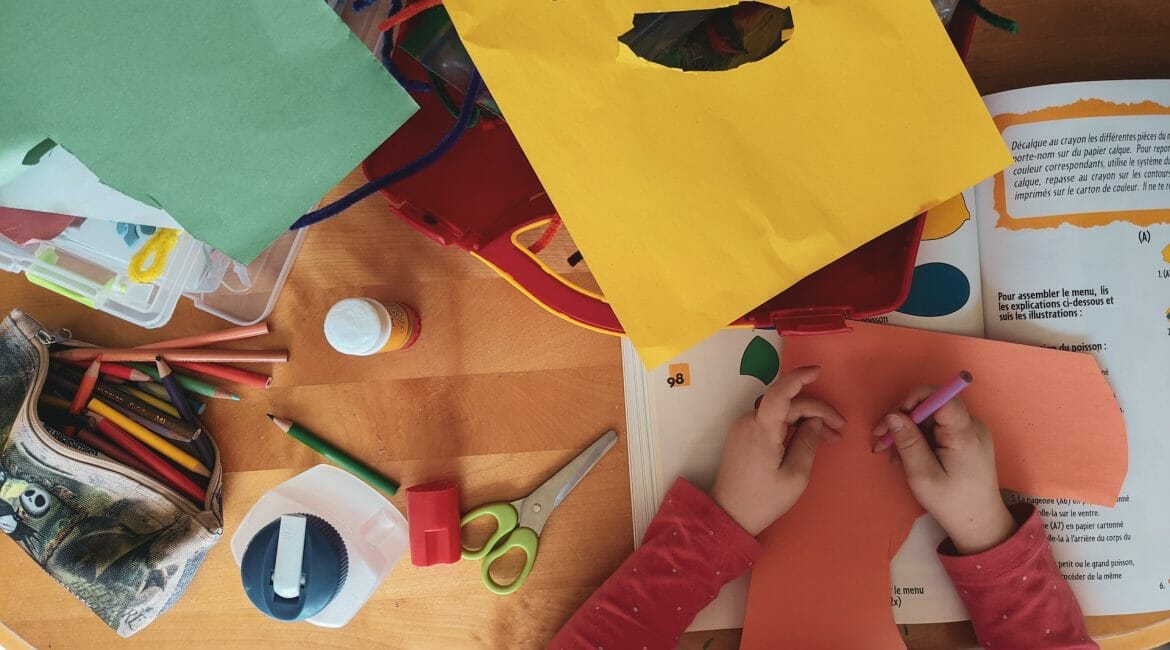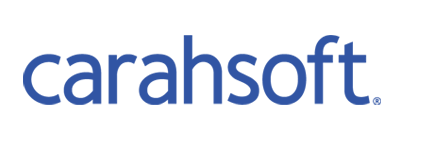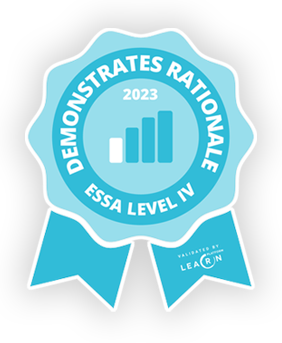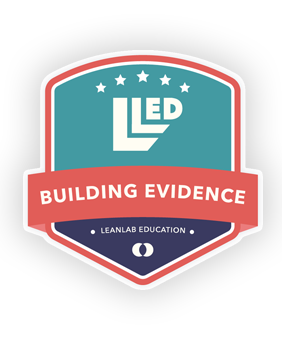Everyone learns differently. Students exhibit a wide range of learning preferences and styles. Acknowledging and accommodating these variations can foster a more inclusive and effective educational environment. Exploring different teaching learning styles and ways educators can adapt their instructional methods to cater to different modalities can lead to enhanced student engagement, comprehension and overall learning outcomes.
This article delves into the topic of learning styles and their significance in the classroom. We’ll also offer insight into practical strategies teachers can employ to accommodate all learning preferences, ultimately creating a more personalized and impactful educational experience for every student.
What Are Learning Styles?
The concept of teaching-learning styles refers to the different ways in which individual learners acquire and process information. They reflect a student’s preferred method of learning and can influence how they understand, retain, and apply new knowledge. While there are various models proposed, Verywell Mind argues that the most common is the VARK model which identifies four main classroom learning styles. These learning styles are Visual, Auditory, Reading/Writing and Kinesthetic–which is how you get the acronym “VARK”.
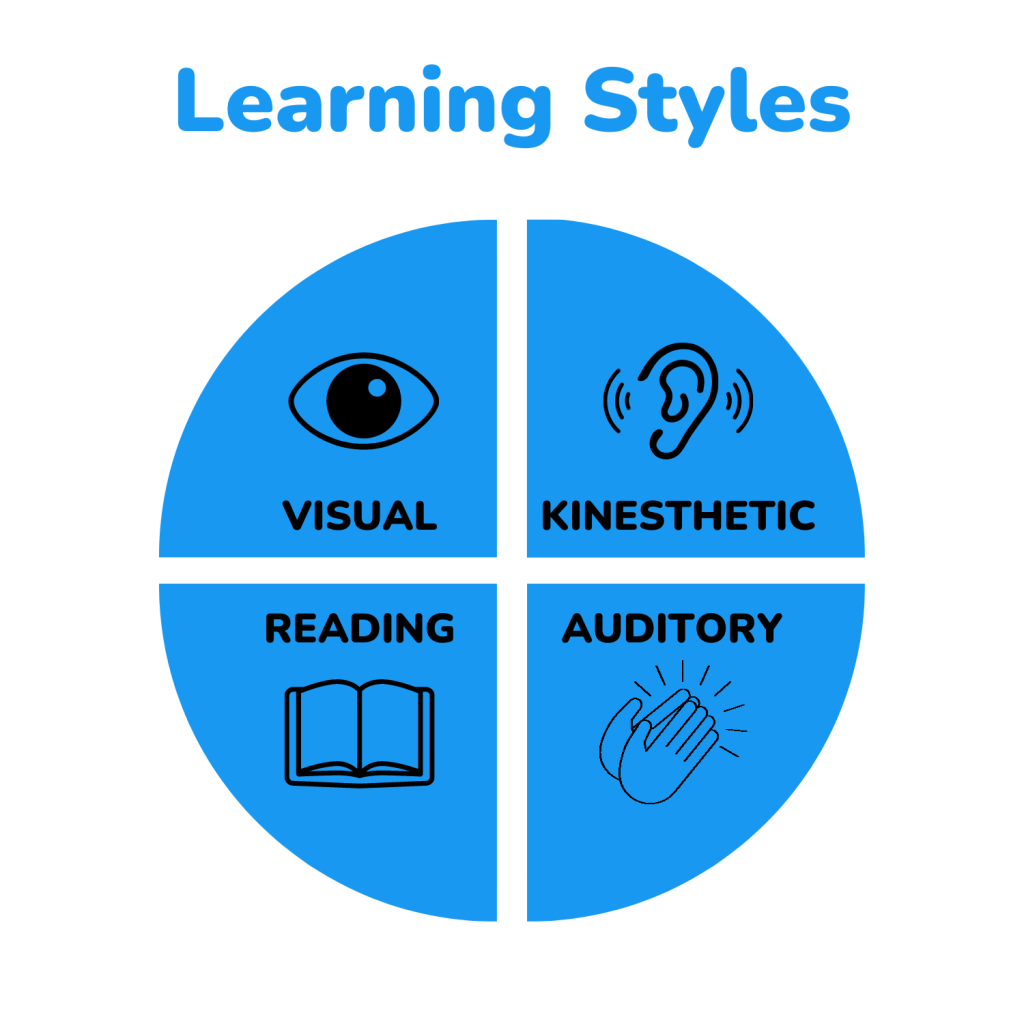
The Four Types of Learning Methods
Visual
Visual learners prefer to learn through visual aids, such as diagrams, charts, graphs and videos. They understand information better when they can see it and may benefit from creating visual representations of concepts.
Auditory
Auditory learners learn best through listening and verbal explanations. Thus, examples of this learning style are lectures, discussions and audio materials. These students may find it helpful to read information aloud or engage in group discussions.
Reading/Writing
As its name suggests, the reading/writing student style includes reading and writing activities. Students with this learning style excel in understanding information when it’s presented in written form, such as textbooks, articles and written instructions. Likewise, they often benefit from taking detailed notes, creating outlines and summarizing information in written format.
Kinesthetic
Kinesthetic learners, also known as tactile learners, learn best through hands-on experiences and physical activities. They understand information by engaging in practical tasks. A few kinesthetic teaching-learning style examples are experiments, demonstrations, role-playing and interactive exercises. These students may have a preference for active learning and may benefit from using 3-D models or engaging in real-life simulations.
Determining a Student’s Learning Style
Teachers can use a VARK survey to help determine a student’s preferred method of learning. The survey typically consists of a series of questions designed to gauge the student’s preferences in learning. The survey may ask about their preferences for studying, how they understand and remember information and what types of activities they find most engaging.
Analyzing the responses can provide insights into each student’s learning style and guide teachers in tailoring their instructional approaches. With this knowledge, teachers can practice teaching different learning styles that include visual aids, auditory explanations, written materials or hands-on activities, fostering a more inclusive and effective learning environment for their students.
Does Catering to a Student’s Learning Style Enhance Their Education?
Let’s take a look at the legitimacy behind teaching to the varying types of learning styles. The relationship between the styles of teaching and learning is a topic of debate among educators and researchers. While the idea of tailoring instruction to match individual learning styles may seem intuitive, there is limited scientific evidence to support the notion that doing so consistently leads to improved educational outcomes.
Research suggests that a more successful approach to education involves providing a variety of teaching styles and strategies that engage different learning modalities. This approach acknowledges that students can benefit from exposure to diverse learning experiences and encourages them to develop skills across various modalities, rather than solely relying on their preferred style. By incorporating a mix of visual, auditory, read/write and kinesthetic activities, teachers can create a more inclusive and comprehensive learning environment that accommodates a range of student preferences.
Therefore, while considering learning styles can be beneficial in understanding students’ preferences, teachers must adopt a holistic approach that integrates a variety of teaching methods to create an engaging learning experience for all students.
The Danger of Pigeonholing a Student to One Teaching-Learning Style
While learning styles hold importance in their ability to understand the way a student learns, they cannot show the full picture of how a student learns best in the classroom. This is because individuals often have a mix of learning styles and don’t neatly fit into a single category.
Pigeonholing a student to one learning style can be detrimental to their education for several reasons. Firstly, it oversimplifies the complex process of learning. Human cognition is multifaceted and involves various cognitive processes, and attempting to fit students into a single learning style disregards this complexity. In reality, individuals often utilize a combination of learning styles depending on the context and subject matter.
Secondly, pigeonholing can limit a student’s exposure to different modes of learning. By exclusively catering to their preferred style, students may miss out on opportunities to develop and strengthen other important skills and modalities. For example, if a student is labeled as a visual learner and is predominantly provided with visual materials, they may not develop strong listening or kinesthetic skills that are crucial in many learning and professional environments.
Furthermore, relying heavily on a single learning style may create a dependency on specific instructional approaches. In real-world scenarios, individuals are often required to adapt to different learning environments and styles. By only accommodating one style, students may struggle to effectively learn and perform in situations that don’t align with their preferred modality.
Teaching Strategies for Different Learning Styles
Visual Teaching Learning Styles
Teaching strategies for visual learners involve utilizing visual aids and techniques to facilitate their understanding and retention of information. We’ve listed a few strategies below that educators can utilize for visual learners.
Visual Presentations
Incorporating visual elements such as charts, diagrams, and slides in your presentations can enhance visual learning. Using colors, shapes, and images to illustrate concepts and relationships is important in making the information more visually appealing and easier to grasp for this type of learner.
Infographics
Utilizing infographics or creating posters that summarize key information in a visually appealing format. Visual learners can refer to these visual summaries for quick reviews and as visual reminders of important concepts.
Videos and Demonstrations
Incorporating the use of videos, animation, and real-life demonstrations to present information visually and dynamically can help visual learners better comprehend and retain knowledge as it helps put concepts into action.
Auditory Teaching Learning Styles
Auditory learning styles in teaching focus on utilizing auditory stimuli and techniques to facilitate their understanding and retention of information. Below we’ve provided teaching strategies for auditory learners.
Lectures
Delivering an engaging lecture that includes clear explanations, storytelling and real-life examples stimulates auditory learners. When discussions and debates are used, the oral interaction improves auditory learners’ thinking and comprehension.
Audio Recordings
By offering audio recordings of lectures, readings or discussions auditory learners are allowed to review and reinforce their understanding by listening repeatedly to the content.
Oral Assessments
Incorporating oral assessments, such as presentations or verbal quizzes, provides auditory learners with opportunities to demonstrate their knowledge and strengthen their verbal communication skills.
Reading/Writing Teaching Learning Styles
Teaching strategies for reading/writing learners revolve around leveraging written materials and activities to enhance their understanding and retention of information. Below you’ll find some examples of helpful strategies for teaching students who have a reading/writing learning style.
Note-Taking
By teaching effective note-taking techniques, such as creating outlines, highlighting key points or writing summaries, reading/writing learners are given strategies that help them actively engage with the material and organize information in a way that aligns with their learning style.
Writing Assignments
Assigning written tasks such as essays, research papers or reflective journals helps foster reading/writing learners’ comprehension and critical thinking skills. These assignments allow them to dive deeper into the subject matter and express their understanding through written expression. When reading/writing learners are given the chance to reflect on their learning experiences through writing it can deepen their understanding. This practice allows them to consolidate their knowledge, articulate insights and connect new knowledge with their prior experiences.
Text-based Materials
Out of the four primary learning styles for students, the reading/writing learners tend to respond the best to text-based materials. Providing them with reading materials such as textbooks, articles and handouts that present information in a written format and encouraging reading assignments allows reading/writing learners to engage with the content through written text.
Kinesthetic Teaching Learning Styles
Teaching strategies for kinesthetic learners focus on active, hands-on experiences and physical engagement to enhance their understanding and retention of information. Below, we’ve provided a few examples of effective strategies for kinesthetic learners.
Experiential Learning
By incorporating hands-on activities, experiments and simulations that allow kinesthetic learners to actively engage with the subject matter, they are allowed to absorb information and concepts through their senses. These experiences provide opportunities for students to manipulate objects, perform tasks and directly interact with the learning material.
Field Trips
Organizing field trips or outdoor learning experiences that enable kinesthetic learners to engage with the real-world context of the subject connects to their learning pathways. Whether it’s visiting historical sites, conducting field research or exploring nature, these experiences provide hands-on learning opportunities that create a depth of meaning for the kinesthetic learner.
Role-playing
Encouraging kinesthetic learners to participate in role-playing activities and dramatic performances related to the content being taught is important. This approach allows them to physically embody concepts, characters or scenarios, making the learning experience more tangible and memorable.
Games
Integrating educational games, physical challenges or sports-related activities that require active participation taps into kinesthetic learners’ natural inclination for movement and competition, making learning more enjoyable and interactive.
Teaching Learning Styles: The Bottom Line
In conclusion, recognizing and addressing the diverse learning styles present in the classroom is crucial for educators seeking to maximize their students’ educational experience. While the concept of learning styles should not be seen as a rigid framework, it can serve as a useful tool for understanding individual preferences and tailoring instruction accordingly.
Learning how to teach to different learning styles allows educators to create a dynamic and inclusive learning environment that caters to the varying needs of their students. By employing the strategies we mentioned in this article, educators can foster student engagement and promote a love for lifelong learning among their diverse student population.

